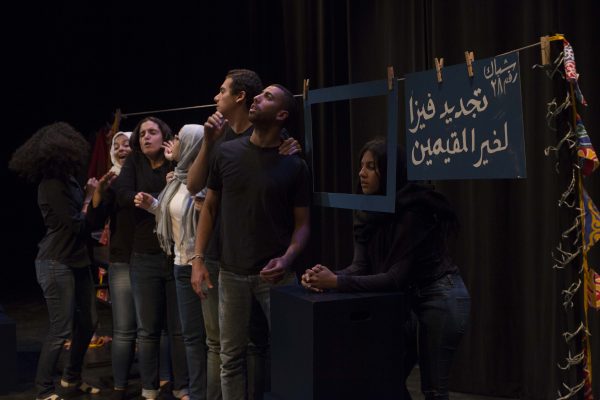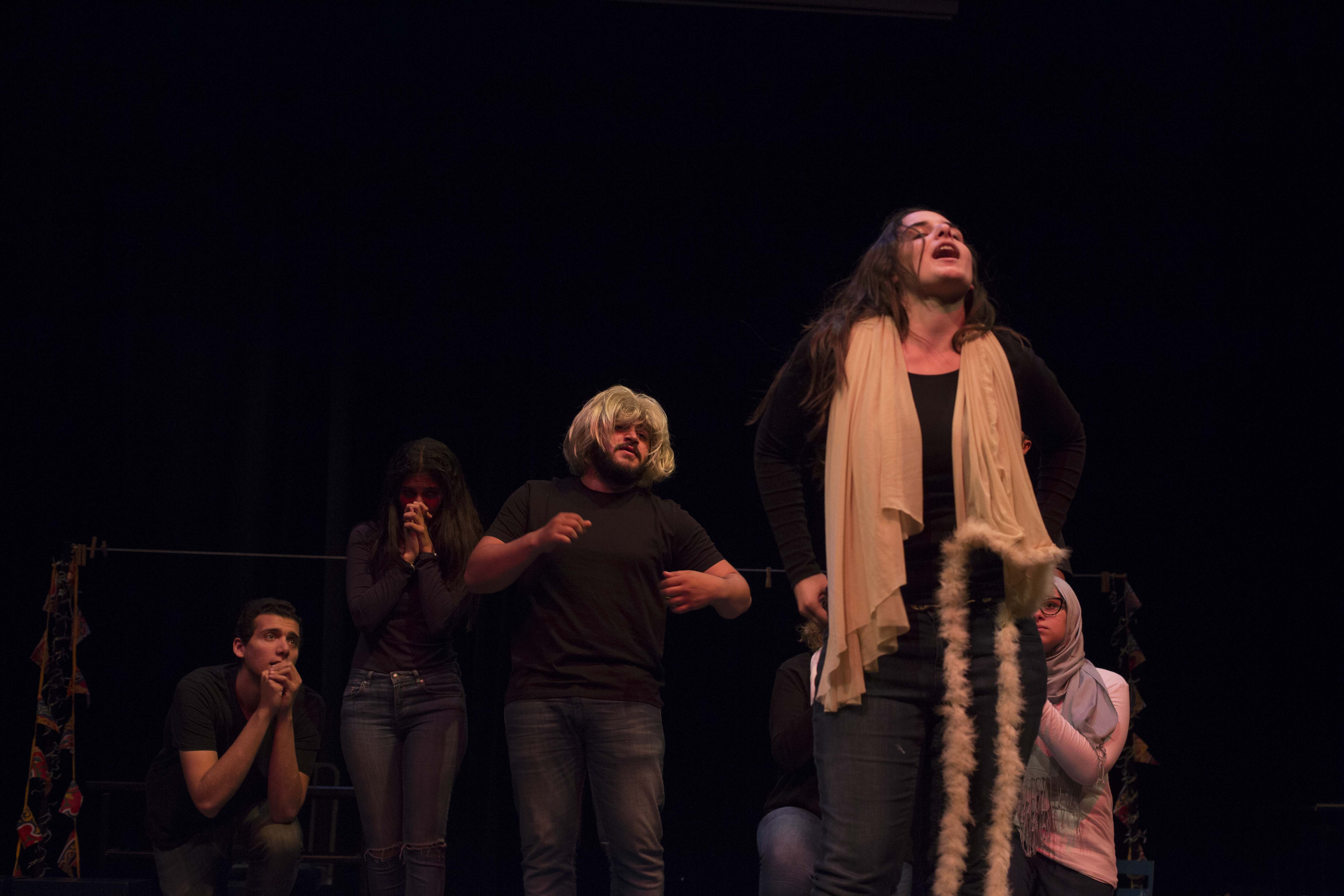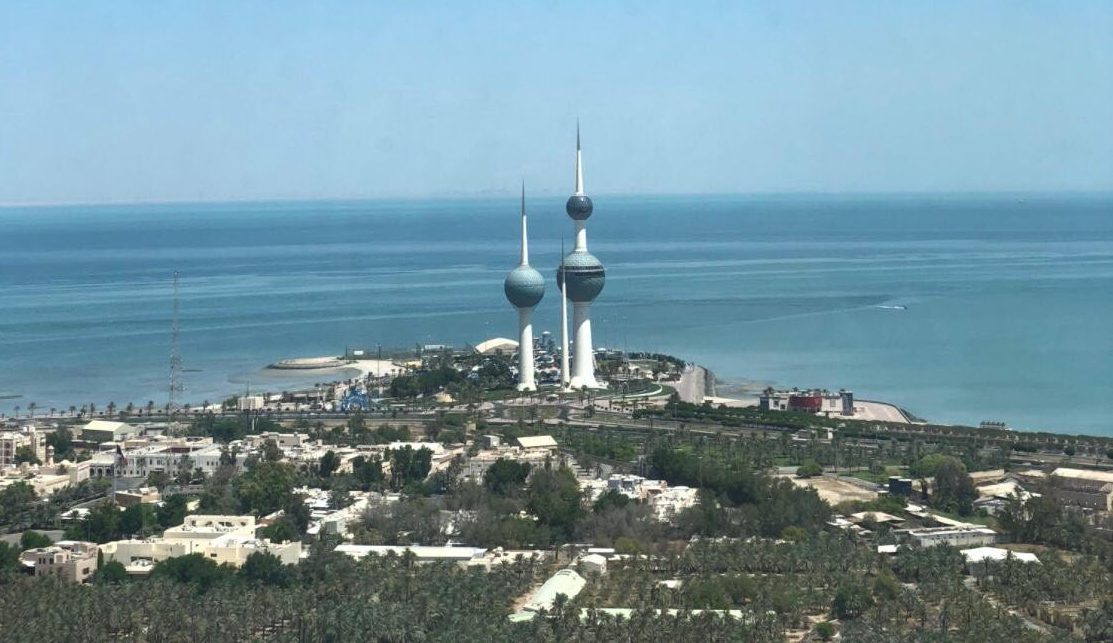Dream Hope Wish Desire: A Play for the People of Cairo, by the People of Cairo

By: Nadine Fahmy
Follow @nadinefahmyy
Dream Hope Wish Desire, a play written and produced by the students of Documentary Theater in the Making, a course first offered by Professor Jillian Campana last Spring, presents the Cairene people in all their glory: a people with struggles, hardships and a sense of humor.
Taking note of a growing interest in documentary theater all around the globe, Professor of Theater Jillian Campana became eager to familiarize the students of AUC with this genre and wrote the play with her students in Spring 2017.
“The genre is becoming more and more popular… Maybe it is because we are craving dramatizations of non-fiction, not just fictionalized characters and imaginative circumstances but stories from real life. That is what this play is doing; it is bringing real stories from real people to the stage,” Campana told The Caravan.
First performed last May at AUC, Dream Hope Wish Desire is an ethnodrama – a play whose script was taken from interviews conducted by the students with people from all over Cairo.
Using direct quotes and representing “real-life” people, some members of the cast of the play found this experimental genre to be both challenging and rewarding.
“Representing a real-life person is very different from just playing a fictional character. You have to present their feelings and words accurately and make sure you send the same message that they were trying to send you in the interviews. There is a responsibility that comes along [with it],” said Dana El Deeb, a junior IMC student and one of the writers and actors in the play.
“You also feel more connected to a real-life person than a fictional character. With a real-life person, you can’t just play with their character or interpret them in your own way. You have a responsibility to show them as they are,” she added.
The cast of the play, made up of 10 students and Campana, played more than 20 characters from different walks of life, all living in the city of Cairo.
The play revolved around a group of students in a course on documentary theater – a reflection of the real circumstances that brought the play to life – as they decide on a theme and script to follow.
They take us through the process of brainstorming, the complications they go through and even the mental energy required to follow through with their tasks.
After each interview, the interviewers would meet up in their classroom, expressing disappointment in the lack of ambition they are confronted with everyday, and in the ironic twist that found them wishing they had stuck to a theme other than that of hope.
This plot device acted as a thread throughout the play that connected all scenes together while keeping the audience engaged as well.
Instead of feeling detached from the play and its specificities, the audience was brought in to see the details, the weave that had then become a work of art: an art that encompasses everything about a city, everything about a people.
With striking performances from the cast, the characters of the play came to be its driving force; the represented became a representation, in and of themselves, of the world they live in.
The diverse group of characters ranged from political activists to pacifists, from little girls begging on the streets to successful businesswomen.
These different characters brought to life the amalgamation that is Cairo; on every corner of every street, one finds a story that might as well have come from another part of the world, for its difference in nature than that of other stories manifested in the same city and on the same streets.
From conversations at an ahwa (café) arose dialogues about class division, privilege, patriarchy and sexuality.
From conversations with taxi drivers arose dialogues about love and family and friendship.
Even at a visa-renewal office, we saw solidarity between two women, a Syrian and an American, form and develop into what is not unlike a friendship, a connection, perhaps, only women would understand.
As they stumbled awkwardly upon sentences in languages neither of them understood – the American woman attempting to speak Arabic and vice versa – they found common ground in their motherhood, and suddenly it was as though no barriers existed at all.
They spoke of their children with clarity and expressions of understanding and friendship, ending their conversation with the traditional, eager hug and kisses on both cheeks from the Syrian woman.
The relationships that manifested on stage in front of our eyes came to provide the meaning that the students themselves, as they searched for hope in a hopeless city, were looking for.
Rather than romanticizing or whitewashing the struggles of the people of Cairo, Dream Hope Wish Desire shed light on their stark reality and came to epitomize everything that we know and love about Cairo.
It is not a place of hope, and not a place of devastation. What Dream Hope Wish Desire represents is a reality that is far more nuanced , yet somehow, also starkly simple: in a life with no room for hopes and dreams, one can only live. And that is what they do.
They live for their families, for their sons and daughters, for the friends they play football with on the streets, the friends they meet up with at the ahwa. They live, not for hope, but for themselves and for the people they love, for the people of Cairo.
Gallery
[metaslider id=5724]




